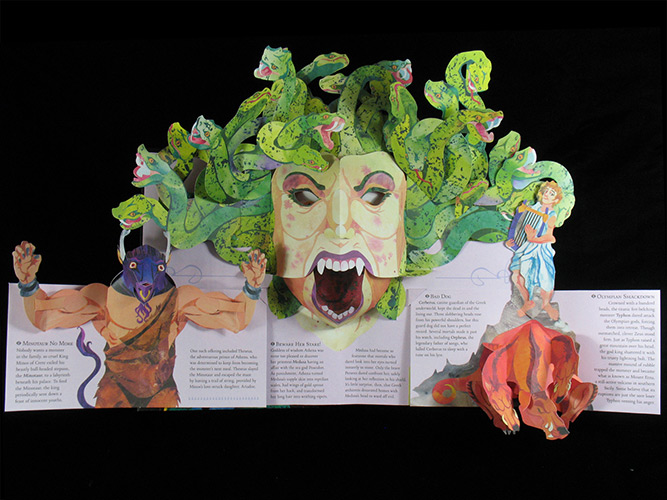

They are often portrayed as monsters and antagonists, but there are exceptions. Representing the human body enlarged to the point of being monstrous, giants evoke terror and remind humans of their body's frailty and mortality. Giants appear many times in folklore and myths. In more recent portrayals, like those of Jonathan Swift and Roald Dahl, some giants are both intelligent and friendly. It is derived from the Gigantes ( Greek: Γίγαντες ) of Greek mythology.įairy tales such as Jack the Giant Killer have formed the modern perception of giants as dimwitted and violent ogres sometimes said to eat humans, while other giants tend to eat livestock. The word giant is first attested in 1297 from Robert of Gloucester's chronicle. In folklore, giants (from Ancient Greek: gigas, cognate giga-) are beings of humanoid appearance, but are at times prodigious in size and strength or bear an otherwise notable appearance. Giants Mata and Grifone celebrated in Messina in August, Sicily, Italy The giants Fafner and Fasolt seize Freyja in Arthur Rackham's illustration of Richard Wagner's Der Ring des Nibelungen.

This article may need to be rewritten to comply with Wikipedia's quality standards.


 0 kommentar(er)
0 kommentar(er)
